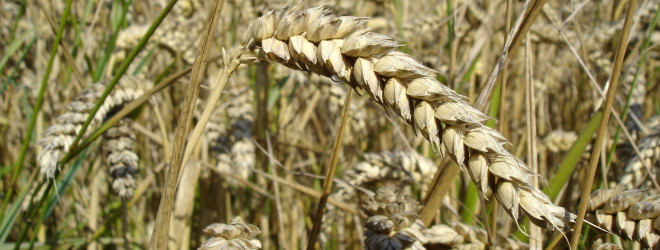Recently I wrapped up teaching both Food As Medicine and an Ayurvedic workshop at Prana Yoga College. Usually I get very good feedback from students, but this recent batch I received was quite lovely and very much appreciated. I will be offering more Food As Medicine workshops and also courses on Ayurveda and herbal medicine though Prana Yoga and other locations in the new year, so please check back for more details.
Here are some of the reviews of my class:
“This course was extraordinary. Everyone was on the edge of their seats the whole time, questions were flying, old perceptions were shattered, and almost everyone decided to buy Todd’s book by the end of the course. One thing for sure is that we did not have enough time — another day (four hours) would have been perfect. There were so many questions and discussions that we didn’t come close to finishing.”
“I know that personally, this course had a profound influence on my life. And I witnessed a lot of dietary and health changes in the other students in the following weeks. I even ran in to some people that had attended the course that were not part of the 500-hour group, and they said it was one of the most amazing workshops they had been to. Food and nutrition has become a complicated subject only because of the kind of culture we live in and the modern food practices. Todd was a voice of reason in an otherwise confusing world of misinformation. This course was a class favorite and I can’t see any reason not to have it offered again, and hopefully lengthened. I think this workshop could draw a lot of people in from outside the 500-hour students — the general public is very interested in nutrition, and Todd really knows his stuff. This workshop should be more prominently featured and possibly held more often.”
“Todd was wonderful. He had so much knowledge to share, that he seemed to be a walking encyclopedia. He was able to answer almost every question anyone had, and there were a ton of questions. I’ve never seen so many students ask so many questions. He had the group’s attention the whole time, never acted superior, was patient with questions, and was passionate about the topic.”
If you are interested in holding a workshop, please send an email to todd@toddcaldecott.com. Thanks for your interest and support.




